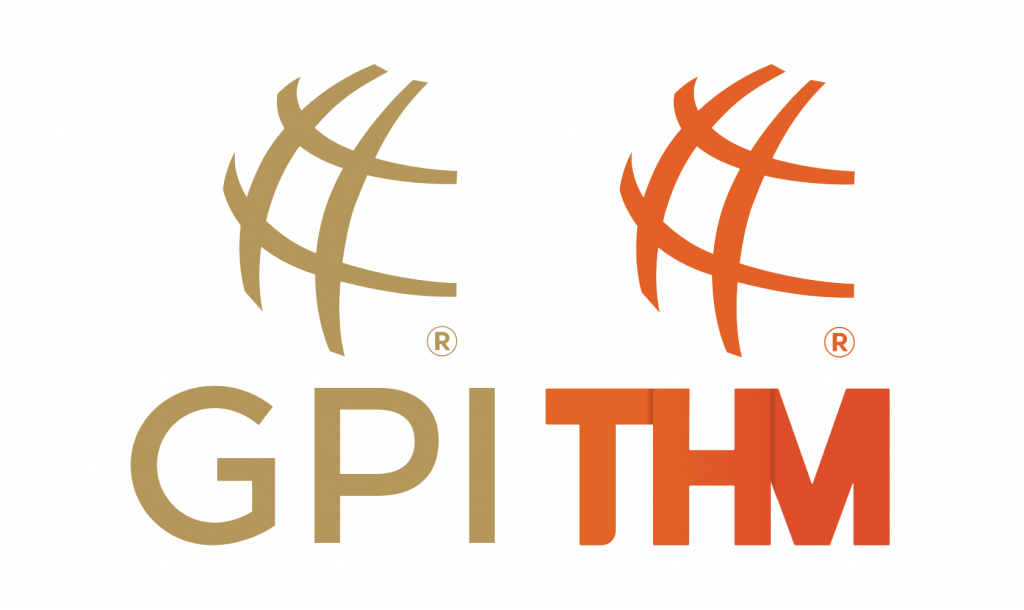Finding the Low Cards in Omaha Hi/Lo by Mike Matusow
A while back, I played a hand in an Omaha Hi/Lo Limit tournament that had everyone at my table jumping off their chairs. They thought I was crazy and couldn’t believe my play. But I made the right move. In fact, the play illustrates an important Omaha Hi/Lo concept that’s not widely understood.
Here’s how the hand went down.
It was a nine-handed table. The under-the-gun player raised and another early position player three-bet. Two other players called the bet cold. It came around to me in the big blind, where I held 9-K-Q-2. This is usually considered a pretty trashy Omaha-8 hand. But I didn’t fold here; I four-bet. I then flopped the nuts and took down a huge pot. When they saw my hand, the players went crazy. How could I four-bet with that kind of trash?
I could do it because I made some good assumptions based on the way my opponents played their hands. This was a tournament, where most players tend to be pretty cautious. Few will play any hands that don’t contain Aces, and just about everyone is sticking to hands with a lot of low cards.
So when the under-the-gun player raised, I felt pretty confident in assuming that he had an Ace with some other low cards. The same goes for the player who three bet. The two callers must also have had hands that they thought were pretty strong. I could be all but certain that all four aces were dealt to these players, and that they held a lot of the deck’s low cards.
I was also confident that, in this hand, the flop was going to come at the high end of the deck and that I’d have a chance to sweep a huge pot because there would be no qualifying low. And that’s exactly what happened.
This hand shows that in Omaha Hi/Lo, you can often make some good assumptions as to what cards remain in the deck and what the flop is likely to hold. For another example, say that you’re in the big blind and it’s folded to the cutoff, who raises. You see 9-T-J-Q. With all but one player folding, you can be pretty sure that almost everyone else held a number of medium and high cards. So the deck is ripe with low cards, which will probably help your lone opponent’s hand. Your best move is to fold this hand pre-flop and wait for a better spot.
Of course, the better your position, the more information you’ll have. So you shouldn’t even consider playing certain hands in early position. Something like 2-3-4-5 might be playable from the button or the big blind if there hasn’t been a lot of action. The lack of raising would show that the Aces haven’t been distributed and are still in the deck. But in early position, you just don’t know what’s out, so you need to muck the hand. The same goes for hands like T-T-J-Q and T-J-Q-K. There are times when prior action will show you that these hands are worthy of a three-bet or four-bet. But in early position, it’s best to just let these kinds of hands go.
Being able to predict a flop is part of what makes Omaha Hi/Lo so much fun. You really can’t do these sorts of things in Hold ’em. If you hone these skills, you’re sure to be a tough Omaha Hi/Lo player.
